The Arctic brings to mind encounters with unique wildlife, fascinating history and living cultures, remote hikes across untracked tundra, and spectacular icebergs drifting against a backdrop of polar wilderness.
The Arctic offers all of this and more. But what exactly is the Arctic? It’s far more than a single country or location: it’s a vast region encompassing the northern reaches of the globe. Let’s take a closer look at where the Arctic is, and how you can get there.
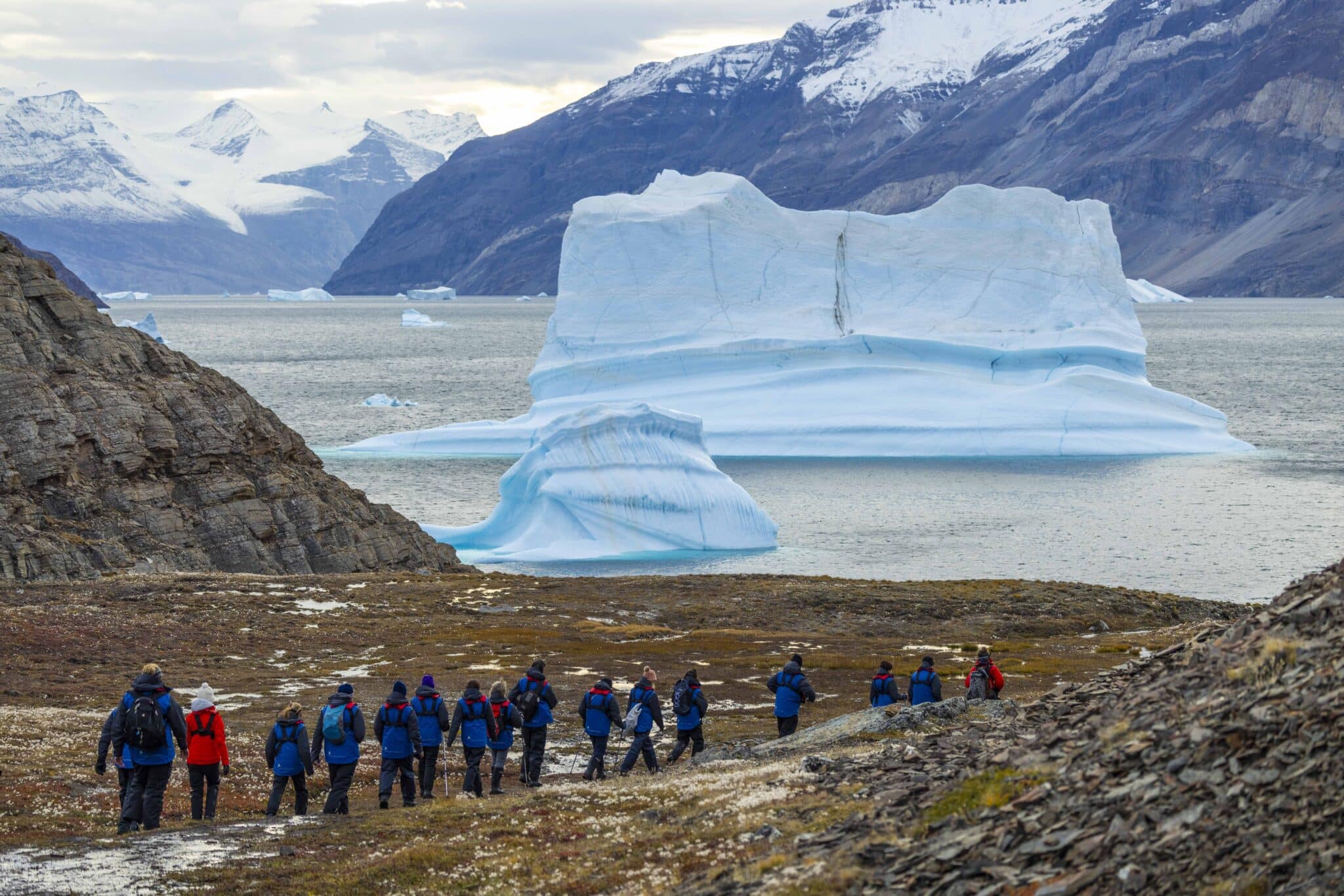
Where exactly is the Arctic?
The Arctic is the polar region to the north of the planet. It’s generally described as everything north of the Arctic Circle. It covers roughly a sixth of the globe, and people have been travelling and exploring this area for thousands of years.
What is the Arctic Circle?
The Arctic Circle is a line of latitude that circles the globe at approximately 66°33' North of the equator.
You can find the Arctic Circle towards the top of the map, crossing the northern parts of Russia, Alaska and Canada, and including the Arctic Ocean.
But the Arctic Circle is more than just an arbitrary line, it marks an important geographical transition between the North and the rest of the world.
North of the Arctic Circle, there is at least one whole day each year when the sun doesn’t rise, and one whole day when it doesn’t set. This creates a unique polar environment, with breathtaking sunsets that last for hours before turning into sunrise.
Many travellers are drawn to the Arctic to witness the ‘midnight sun’. At midnight in the middle of summer, the sun hovers just above the horizon, and the brilliant colours of sunset sweep the otherworldly sky for hours until the sun rises again. In winter, the aurora borealis (northern lights) streaks across perpetually dark skies in a spectacular swirl of green, purple and other hues, which dance like ribbons across the sky.
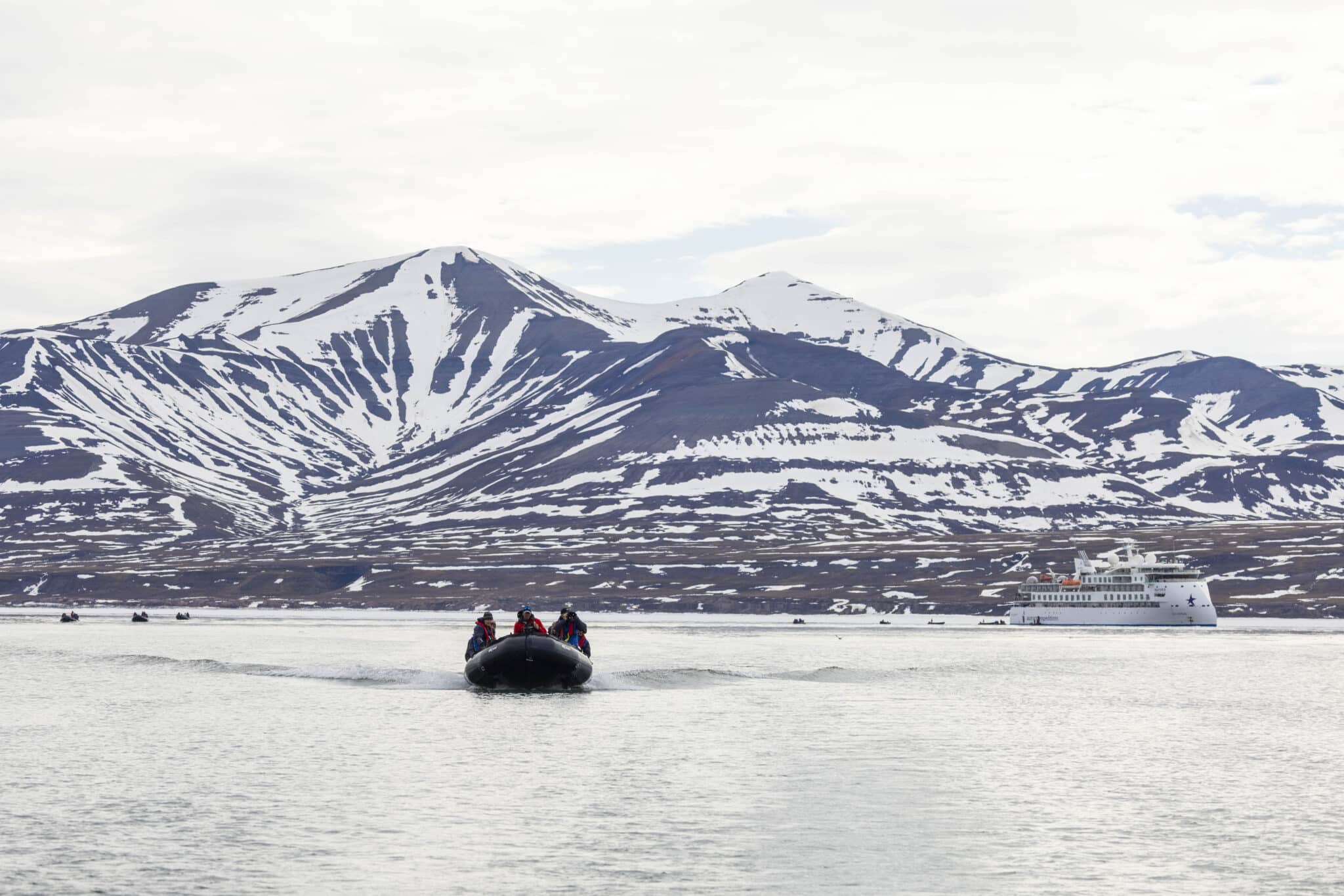
Which countries are in the Arctic?
There are eight countries with territory in the Arctic region: Canada, The Kingdom of Denmark (including Greenland), Finland, Iceland, Norway, Russia, Sweden and the USA.
These eight nations have formed the Arctic Council to address issues important to the region. The Council’s goal is to promote cooperation, coordination and interaction on matters such as development and the environment.
Greenland
The Arctic Circle crosses through Greenland. The southern part of Greenland is south of the Arctic Circle, and the northern part lies within it.
Much of southern Greenland lies well south of the Arctic Circle. In fact, Nanortalik, the southernmost town in Greenland, lies almost 6 degrees south of the Arctic Circle - over 600km (370 miles) away.
In southern Greenland, you’ll find a breathtaking landscape defined by deep, narrow fjords, rolling tundra valleys, Norse ruins and fields of wildflowers. Tasermiut Fjord is often referred to as the ‘Patagonia of the north’, with towering, jagged spires attracting rock climbers from around the world.
North of the Arctic Circle, northern Greenland is known for its immense ice sheet, breathtaking glaciers and astonishing icebergs of all shapes and sizes. Sermeq Kujalleq (also known as Jakobshavn Glacier), just south of Ilulissat on the west coast, is the most productive glacier in the entire Northern Hemisphere. Each day, 20 million tonnes of ice calve from its glacier front, floating into the Ilulissat Icefjord and Disko Bay, where travellers can marvel at their beautiful forms.
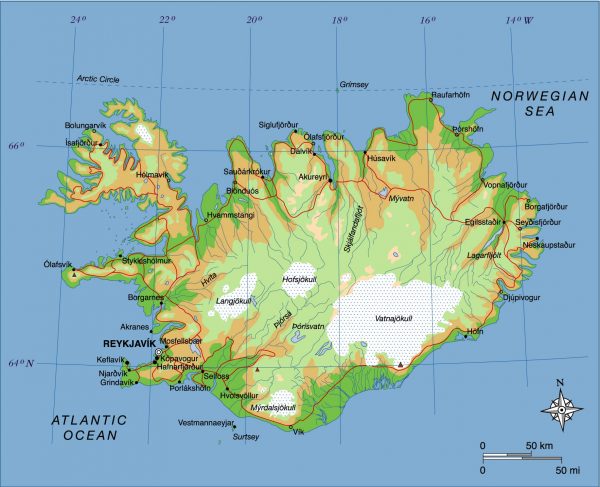
Iceland
While many of us associate Iceland with the Arctic, the entire mainland actually lies south of the Arctic Circle. Travellers to Iceland who wish to cross the Arctic Circle will have to take a ride to Grímsey, a small island 40 kilometres (25 mi) north of Iceland, where you can straddle the Arctic Circle for a fun photo op!
Grímsey is famous for its vibrant puffin colonies and its proximity to Húsavik, the town known as Iceland’s whale watching capital.
Although Iceland itself is south of the Arctic Circle, it shares many features with its northern Arctic neighbours, from stunning volcanic peaks and black sand beaches to striking glaciers and snow-capped mountains.
Is there an Arctic Ocean?
Yes, the Arctic Ocean is the smallest, shallowest ocean basin on the planet, covering an area almost twice the size of Australia. Connected to the Atlantic and Pacific Oceans, it includes many large bays and seas including the Barents Sea, Greenland Sea, Chukchi Sea, Norwegian Sea, the Denmark Strait and others.
During the winter, much of the Arctic Ocean is generally covered in sea ice. The ice provides an important habitat for Arctic life, from the algae that grow on its underside, to the polar bears that use it as a platform for hunting seals. It also plays an important role in global ocean circulation, which helps keep our climate stable.
In the summer, much of this ice melts, opening up waterways for ships to explore in search of wild landscapes, Arctic wildlife and adventure in wide, open spaces.
The Arctic Ocean also laps on the shores of Greenland and Iceland, but these smaller land masses are islands, not continents.
Other major features of the Arctic Ocean include the Bering Strait, which passes between Alaska and eastern Russia, and an underwater system of ridges called the Greenland Scotland Ridge, which plays an important role in the flow of currents through the Arctic Ocean.
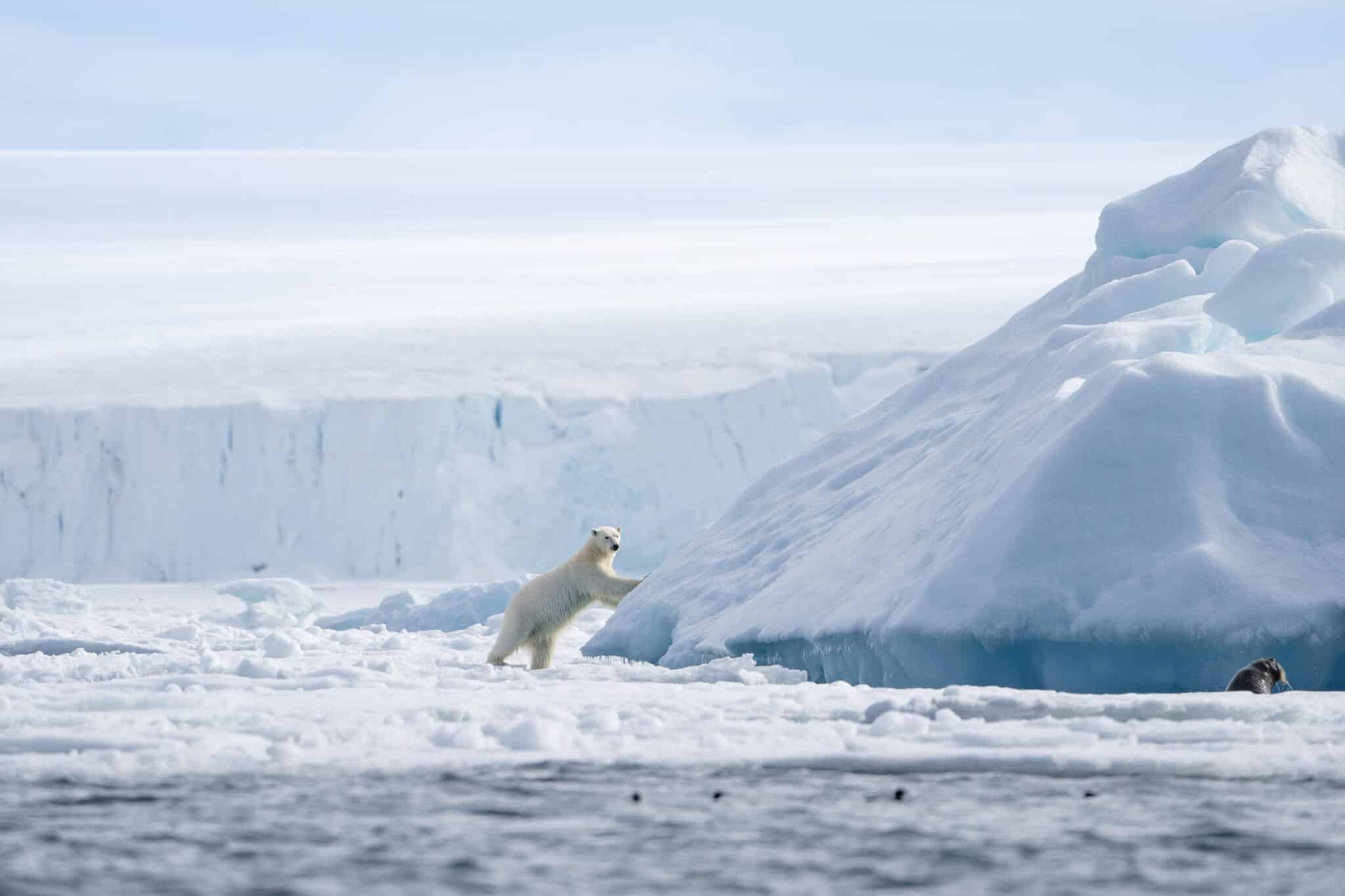
Where can I go to visit the Arctic?
With Aurora Expeditions, you can explore the breathtaking European Arctic, where wildlife and stunning landscapes await or you can venture into the Canadian High Arctic, where remote, icy frontiers and fascinating cultural experiences make for an unforgettable journey.
The European Arctic
From mainland Europe, it’s only a short flight and few days sail (or less) to visit Greenland, Iceland, Svalbard, and Norway. Each of these countries has a unique appeal, whether it’s the iconic icebergs in Greenland, the extraordinary geology of Iceland, or the chance to spot amazing wildlife in Svalbard. The European Arctic offers remarkable encounters with the north polar wilderness, within easy reach of continental Europe.
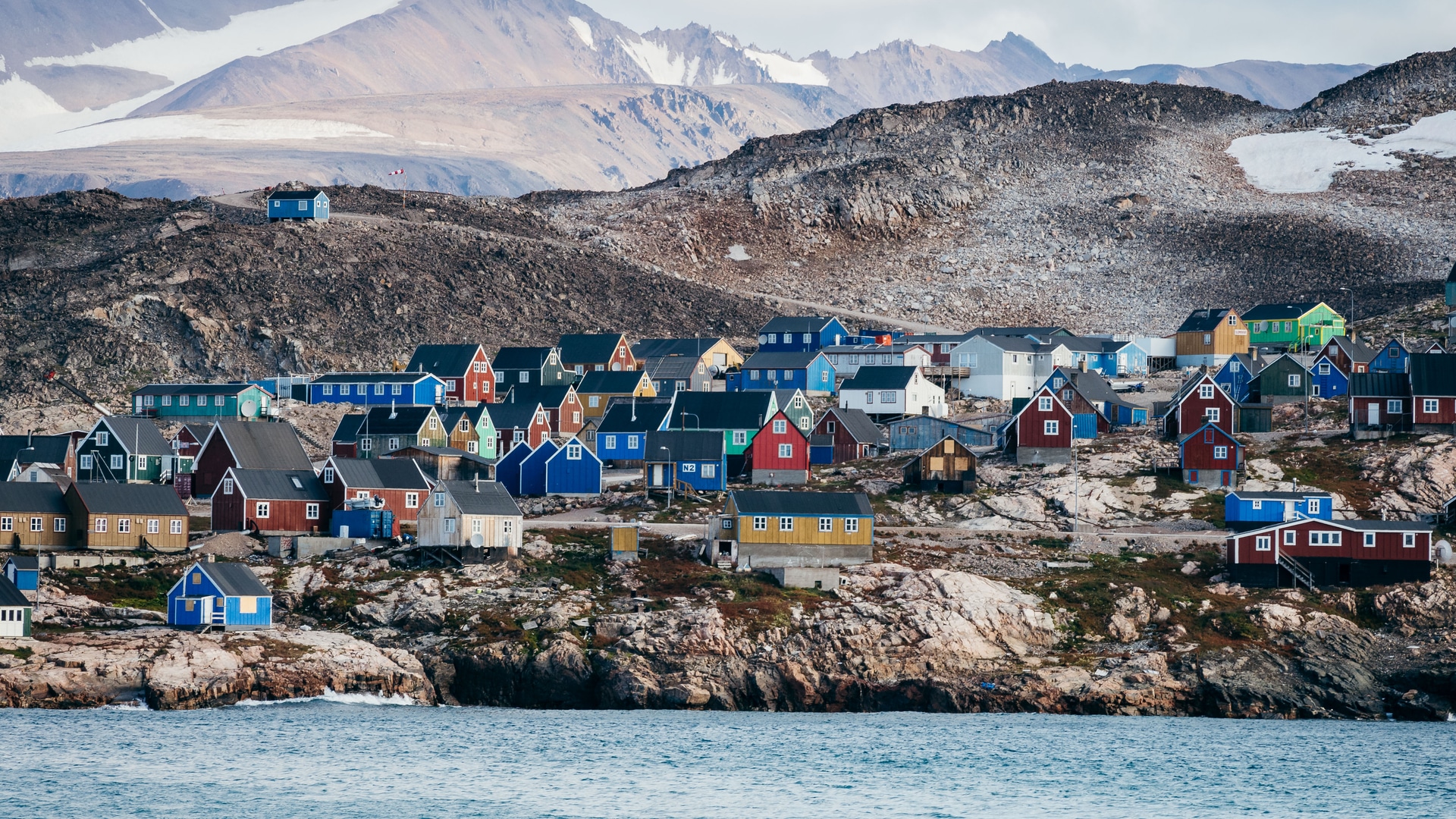
The Canadian High Arctic
The fabled Northwest Passage in Canada’s High Arctic offers a fascinating escape through ancient landscapes and a maze of waterways. Travel in the footsteps of daring explorers, embrace the unknown, be open to adventure and connect with the indigenous locals whose lives are anything but ordinary.
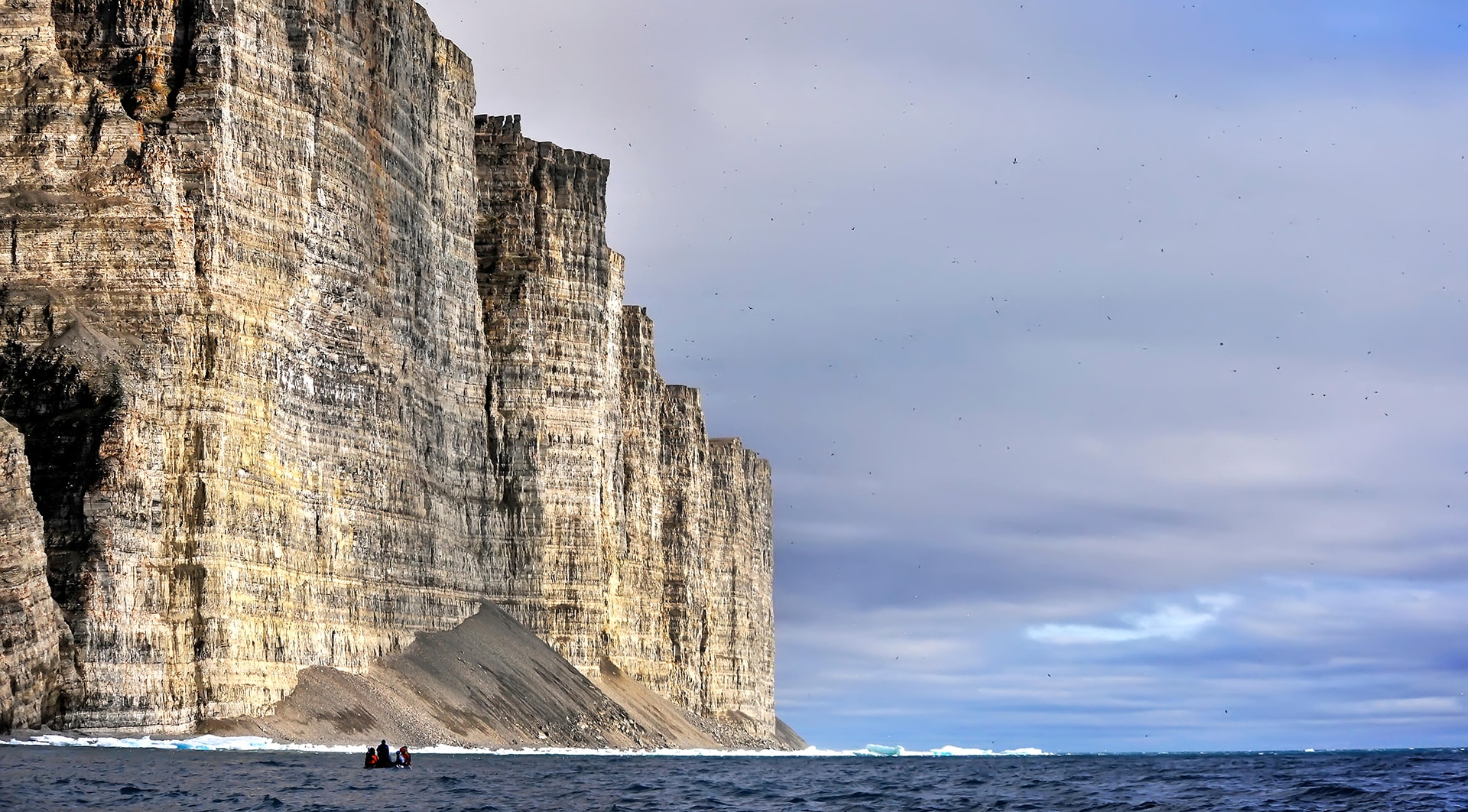
Ready to explore the Arctic for yourself?
While each of these Arctic regions have their own distinct charms, the Arctic as a whole offers adventurers a unique polar experience. Spectacular icebergs, sprawling tundra, living cultures, fascinating history and wildlife you can’t find anywhere else on Earth. Perhaps one of the greatest gifts of the Arctic is the opportunity to truly immerse yourself in a vast wilderness, and find yourself in connection with the natural world. To find out more about planning your own Arctic adventure, contact our team or your preferred travel advisor for a chat today. |


